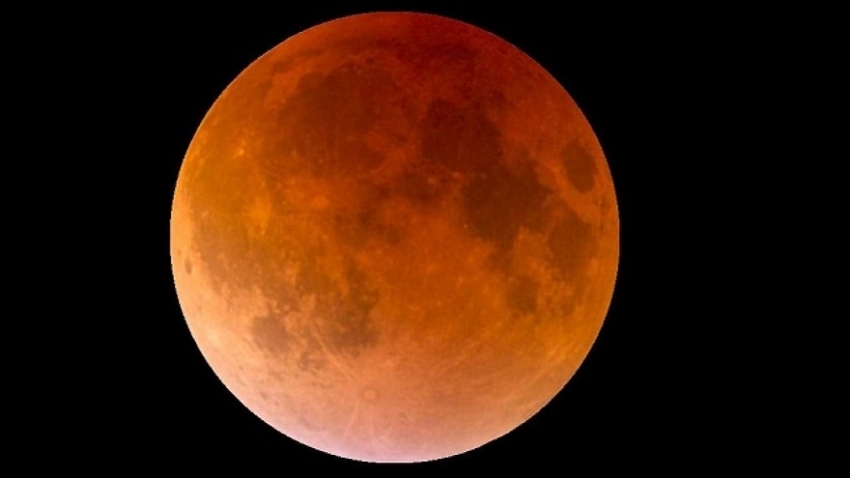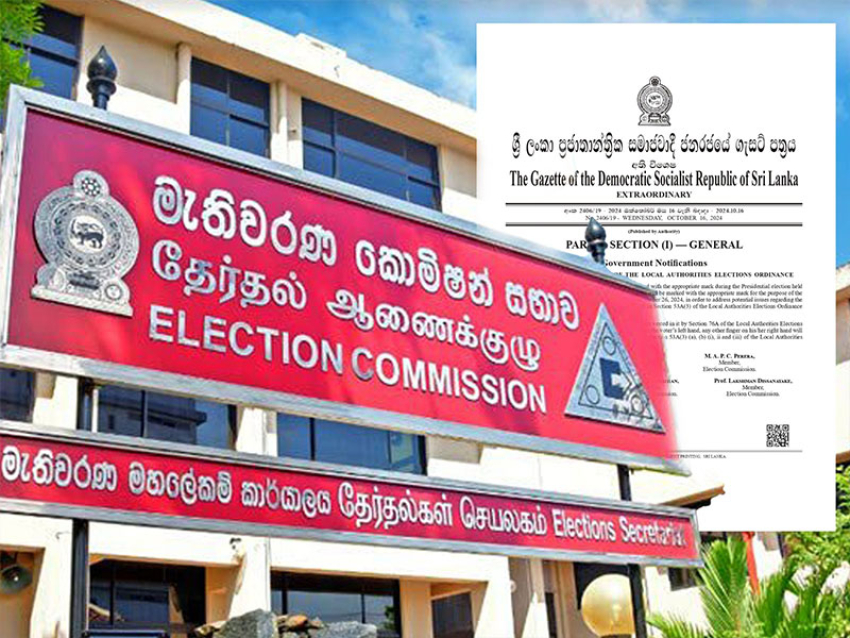A partial lunar eclipse occurs when the Earth comes in between the sun and the moon but they do not form a straight line. When this occurs, a small part of the moon’s surface is covered by the darkest part of the Earth’s shadow, known as the Umbra.The eclipse will begin just after midnight on July 16 at 12.13 a.m. on 17th morning with the moon entering into the penumbra of the Earth’s shadow (less dark shadow) and will end at 5.47 a.m. on the 17th. The visible part of the partial eclipse begins at 1.31 a.m. on the 17th when the moon enters into the Umbra – the dark part of the Earth’s shadow and will end when the moon leaves the Umbra at 4.29 a.m.
About 65% of the moon’s surface will be covered by the dark shadow of the Earth around the greatest eclipse at 3 a.m. on the 17th, Prof. Jayaratne said.Meanwhile, a rare celestial phenomenon will also occur on the night of the eclipse, with Jupiter and Saturn being close to the moon. These are the best days to watch Jupiter which was at its closest and brightest for the year on June 10 and planet Saturn on July 9 (called “Opposition” because they are opposite the Earth from the sun, effectively a “full Jupiter” and a “full Saturn”).On the night of the eclipse you will be able to witness Saturn close to the moon and Jupiter next to it, Prof. Jayaratne added.



















